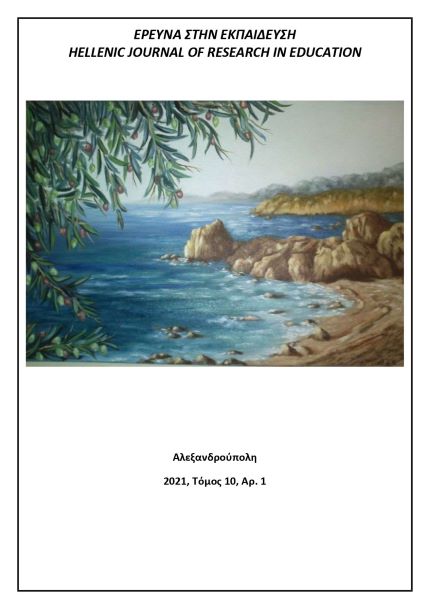Η αφηγηματική νοημοσύνη: εννοιολογικός προσδιορισμός και αξιοποίηση στην εκπαιδευτική διαδικασία

Περίληψη
Η παρούσα εργασία υποστηρίζει την ανάγκη αξιοποίησης της αφηγηματικής νοημοσύνης στο σύγχρονο εκπαιδευτικό περιβάλλον. Η αφηγηματική νοημοσύνη στηρίζει και ενισχύει τον αφηγηματικό γραμματισμό, που αναφέρεται στη δεξιότητα λειτουργικής και κριτικής πρόσληψης και σύνθεσης αφηγήσεων, στην ευρύτερη σημασία του όρου, σε ποικίλα επικοινωνιακά περικείμενα. Η δεξιότητα αυτή δεν καλλιεργείται αποκλειστικά μέσα από τη γλωσσική διδασκαλία του κειμενικού είδους της αφήγησης, αλλά συνδέεται με διάφορα γνωστικά αντικείμενα, έχοντας χαρακτήρα διεπιστημονικό και διαθεματικό, και αφορά μια εγγενή γνωστική διαδικασία κατανόησης και ερμηνείας του κόσμου. Στο πλαίσιο της εργασίας παρουσιάζεται η θεωρία της πολλαπλής νοημοσύνης, προσδιορίζεται εννοιολογικά η αφηγηματική νοημοσύνη, τονίζεται η σημασία καλλιέργειάς της στην εκπαιδευτική διαδικασία, παρουσιάζονται οι επιμέρους δεξιότητες οι οποίες τη συνιστούν, και διατυπώνονται οι στόχοι ενός διαθεματικού Προγράμματος Σπουδών για την Αφήγηση.
Λεπτομέρειες άρθρου
- Πώς να δημιουργήσετε Αναφορές
-
Κιοσσές Σ. (2021). Η αφηγηματική νοημοσύνη: εννοιολογικός προσδιορισμός και αξιοποίηση στην εκπαιδευτική διαδικασία. Έρευνα στην Εκπαίδευση, 10(1), 20–39. https://doi.org/10.12681/hjre.25773
- Τεύχος
- Τόμ. 10 Αρ. 1 (2021)
- Ενότητα
- Άρθρα

Αυτή η εργασία είναι αδειοδοτημένη υπό το CC Αναφορά Δημιουργού – Μη Εμπορική Χρήση – Παρόμοια Διανομή 4.0.
Τα πνευματικά δικαιώματα των άρθρων του περιοδικού ανήκουν στους συγγραφείς. Τα άρθρα διατίθενται με άδειες Creative Commons CC-BC-SA 4.0


